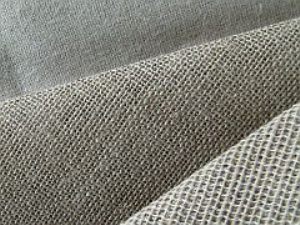Mar 8 2013
NetComposites will present its latest biocomposite developments at JEC Europe 2013, 12th - 14th March 2013, on stand B13 at Porte de Versailles, Paris, France.

According to NetComposites, biocomposites are a viable sustainable alternative for many mainstream composite applications. Natural fibre reinforcements, such as flax, have the potential to provide improved specific stiffness and hence reduced weight. Biomass derived resins can provide similar properties to traditional oil-based polymers. NetComposites is currently working on various Biocomposite developments that exploit these advantages.
Eco-LFT, a project partially funded by the Technology Strategy Board, was a Technology Inspired Feasibility Study that developed a process to manufacture long fibre thermoplastic (LFT) pellets directly from blended natural fibres and matrix fibres to produce materials with the required fibre length, volume fraction and form for injection moulding.
NetComposites is now planning further optimisation of this process. The primary target application for LFT pellets is in the automotive industry, as an alternative to glass-reinforced thermoplastics in front-end carriers, tailgates and door modules. It is expected that this highly affordable form of biocomposite will lead to their much wider use in applications where environmental responsibility, weight-saving, and the ability to produce complex shapes are important.
NetComposites has also developed a flax-reinforced polyfurfuryl alcohol resin prepreg which is 100% bio-derived and which provides a more sustainable alternative to glass-reinforced phenolics. The Biotex flax uses a unique Twistless Technology to provide high levels of performance and processability. This is the first time that Biotex and polyfurfuryl alcohol resins have been combined in this way to provide a sustainable, semi-structural, fire-resistant material. It is expected the material will be used in transport and construction applications where there is a requirement for lightweight, fire-safe structures.
BioBuild, a project funded by the European Community’s Seventh Framework Programme FP7/2007-2013 and co-ordinated by NetComposites, is researching the use of biocomposites to reduce by 50% the embodied energy in building facade, supporting structure and internal partition systems. It is anticipated that his will lead to a step change in the use of sustainable, low carbon construction materials by providing an alternative to aluminium, steel, GRP, brick and concrete structures. Resins based on polyfurfuryl alcohol and cashew nut oil are being evaluated in conjunction with reinforcing fibres of flax and jute.
These materials will be presented, along with other NetComposites’ innovations, from its stand during the show.